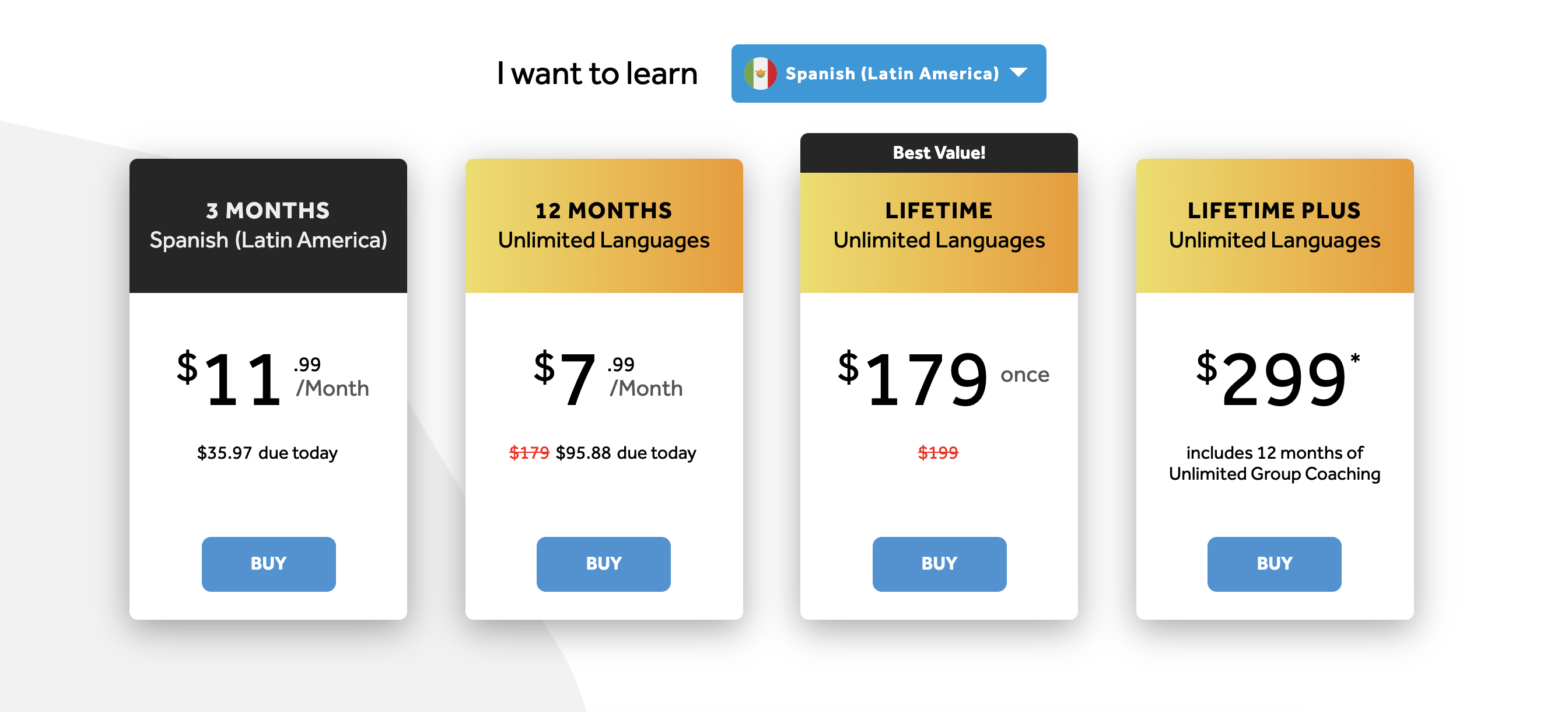

Immersive learning requires us to break those habits to build new ones, which can feel uncomfortable at first.īut after a couple days or weeks of practice, that discomfort quickly fades, and you’re free to tap into everything immersion has to offer. In learning a native language, adults have spent years perfecting and cementing certain habits of speaking and doing. We’re used to familiarity, and it can be confusing to be thrown back into a learning experience that feels so foreign.

So why doesn’t it come as easily to adults? It all seems to come so naturally to young kids, even for those learning second languages. Our brains are wired to recognize patterns, identify clues, and glean meaning from context. A child learns that an apple is called “apple” after repetition and hands-on experience, and more advanced elements-like singular and plural pronouns, verb conjugation-follow through conversation. They pick it up gradually, learning quickly from an environment that is entirely immersive and foreign and that eventually becomes quite familiar. Think about the way toddlers learn language. Language immersion taps into our innate ability to absorb new methods of communication. Most real-life language experiences require a certain level of improvisation and thinking on your feet. When learning a language, memorization can only get you so far. We’ll dive into how immersion helps language stick better in the next section.

It can feel more difficult until you get the hang of it, but the payoff is big. Instead, it challenges learners to build understanding organically through context and reasoning. The critical difference between language immersion and other learning methods is that it doesn’t rely on memorization. Conversations with native speakers of your new language-family, friends, colleagues-are effective immersion opportunities that expose you to the nuances of culture, regional vocab, and other elements that you won’t encounter through typical classroom learning. Individuals working or studying abroad are likely to partake in a fuller immersive experience, but partial immersion experiences are still highly effective and easily available to learners.įor those who are studying on their own, it’s helpful to build immersion experiences into your weekly or daily routine. Learners can choose between varying degrees of immersion. Language immersion is a method of learning in which all communication is conducted in a learner’s new language. To better understand how Dynamic Immersion works, let’s dive into the details of traditional immersion and the science behind it. It’s also deeply intuitive, tapping into your innate ability to learn a language while giving you the tools you need to hold meaningful, real-world conversations. Rosetta Stone’s Dynamic Immersion approach incorporates the best elements of immersion learning. Not only do studies show that you’ll process new languages like a native speaker, but you’ll also have more fun learning! Instead, they’ll tap into the ways you learned language as a child. Immersion methods won’t have you memorizing phrases or flipping through flashcards. It’s widely considered to be the fastest and most effective way to learn a language at every level, from mastering the basics to reaching the fluency of a native speaker. Language immersion helps learners build a deep understanding of their second language. Whatever your learning style is, researchers and language teachers agree that the best language learning method is actually a fusion of all four styles: language immersion. Are you a visual or auditory learner? Do you remember information better when you read a book or take notes? Or maybe you’re kinesthetic, meaning you learn through hands-on experience? Personality types and astrology signs are in, but we’re here to make the case for learning styles.


 0 kommentar(er)
0 kommentar(er)
